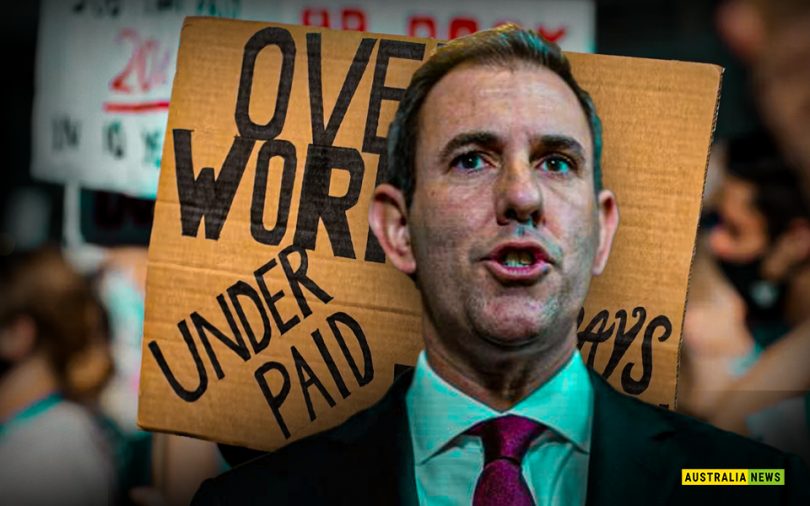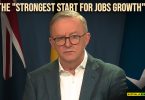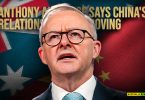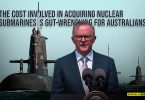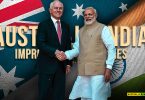In This Article:
The Fair Work Commission carries out its annual wage review to determine whether to raise the national minimum wage for Australia’s least paid workers from $21.38/hour.
The Albanese government has in fact confirmed that it would back a wage rise for the lowest-paid workers in Australia. This endeavor keeps pace with inflation for the 2nd year in a row. It is also assessing whether to lift award rates of pay or not.
About 1 in 4 workers (2.67 million people) are expected to be directly affected by this decision. Most of the changes are expected to come into effect in the first full pay period on or after July 1st.
The Government’s submission, published in its entirety on Friday, did not mention the value of how much the Government wants to increase the wages by.
A quote from the Submission: “The Australian government recommends that the Fair Work Commission ensures the real wages of Australia’s low-paid workers do not go backwards.”
The Employment Minister, Tony Burke, mentions that several of those low-income earners were “disproportionately women”.
Speaking following the release of the submission, he appraised the reporters in Canberra that, “This will be the first annual wage review where one of its objectives is gender equality.”
“People who are low wage earners are disproportionately women. Part of the outcome of what the government’s submits should have the automatic impact of helping to close the gender pay gap.
“That’s why we’re putting it in those terms.”
Last December, right after Parliament signed off on the changes under the Labor’s “secure jobs, better pay” legislation: The objective of the ‘Fair Work Act’ was Gender pay equality.
The submission didn’t advocate that the wage umpire impulsively lift wages in line with inflation “across-the-board” nor should inflation be the only factor considered by the FWC.
In February, the inflation fell again to 6.8 %, but it is still much higher than the Reserve Bank of Australia’s target range of 2-3%.
There are 3 more sets of inflation figures are yet to be released before the FWC makes its decision on the minimum wage and award rates of pay in June.
Prime Minister Anthony Albanese, declared last year that he would “absolutely” support a wage rise to match the inflation, and harped on his “values haven’t changed”.
“This isn’t a government decision. This is a decision of the Commission that takes everything into account,”
“(We) won’t put a figure on it, as last year’s didn’t either. But it will say that the Fair Work Commission needs to take into account that people on the minimum wage essentially spend every dollar that they get.
“They work hard. They’re the people who were the heroes of the pandemic, many of them, our cleaners, our essential workers, guess what about essential workers, they’re essential.”
Australia’s peak union body urged the FWC to lift the minimal hourly rate for the lowest-paid people in Australia by 7 % to $22.88 from July, which took the yearly wage for these workers to $45,337/year.
In 2022, Labor proposed an escalation in line with inflation – it was 5.1% at that point – in its submission to the FWC wage review. The industrial tribunal upraised the minimum wage by 5.2%.
ACTU secretary Sally McManus was of the view that people should stop using the threat of a wage-price spiral as a reason not to increase the wages of low-paid workers.
The business lobby groups have however called for restraint and cited fears that a large wage rise could tip Australia into recession.
- Published By Team Australia News


